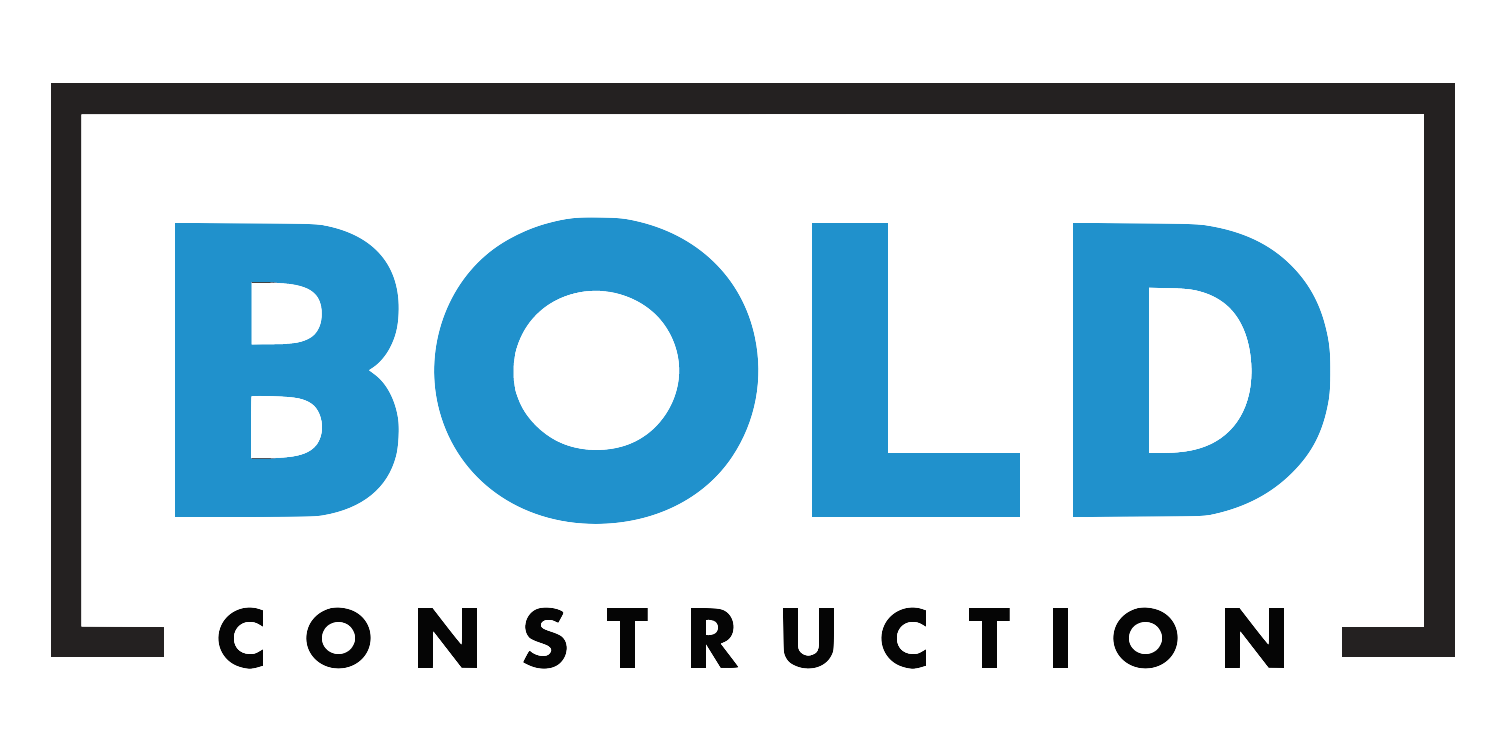With Spring around the corner, you may be turning your eyes back to your lawn. Soon that dormant grass will begin growing again, and it’ll be somebody’s job to keep it from becoming a jungle around your custom home. You could just hire some help…but many homeowners choose to cut grass themselves.
Before you do that, you’ll need a lawnmower. And that can be an adventure in itself! Today we’ll look at buying lawnmowers and what you need to know.
Upright
For a classic upright mower, your main concern should be propulsion. For a small yard, a manual mower – powered by you – gets the job done just fine at a low price. But for larger or more complex yards, you’ll need a self-propelled. Go for rear-drive if you can, as that allows for more power going up hills.
The second big factor is engine size. Most lawns don’t need a ton of power, typically around 2.5 to 4 horsepower. But if you anticipate cutting high or wet grass, extra power makes the job much easier. No matter what engine you choose, look for features that make maintenance easier: a hose port for cleaning under the deck, accessible air filters, and easy oil drains can save valuable time.
Electric mowers are awesome tools…in some cases. Consumer Reports recommends they only be used on yards under a quarter acre. They also cost more…but pay off in their ease of maintenance, quiet operation and zero emissions.
Riding
For a big yard (and a more luxurious mowing experience), riding mowers are the way to go. These models are exclusively gas-powered, and their larger decks let them cut a lot more grass in a lot less time. Here your decision is primarily between a tractor-style mower or a zero-turn.
Tractor-style mowers have their engines in the front, with a seat and conventional steering wheel setup. They’re great on hills and easy to operate, but bagging is basically impossible. Zero-turn models use levers rather than a steering wheel to control the mower’s direction, allowing for much tighter turning. This is great if you have trees or complex landscaping, but there’s a learning curve, and they’re typically expensive and large.
For riding mowers, look for quality-of-life features over power or size. A cupholder can help remedy hot days, and a comfy seat makes the journey much easier.
